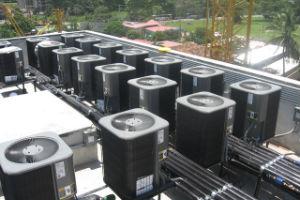 During 2010 there has been a clear increase in sales of central air conditioning systems in Latin American countries, this due to the marked economic reactivation that is taking place in the region.
During 2010 there has been a clear increase in sales of central air conditioning systems in Latin American countries, this due to the marked economic reactivation that is taking place in the region.
By Santiago Jaramillo H.
Argentina, Colombia, Peru, and Mexico, just to name a few examples, have been four of the region's big growth drivers when it comes to the central air conditioning systems market.
These countries have reached, so far, positive figures in terms of buying and selling this type of equipment, given the good performance that the construction sector is having, especially in segments such as the hotel, commercial and office sectors.
Only Mexico, during the first ten months of 2010, increased its exports by 78.07% in volume, and 45.09% in sales, after going from marketing 51,265 units in 2009 to 233,812 products according to the Datamyne system. An even more encouraging point is the amount of these businesses, which went from FOB US$99,121,021 to FOB US$180,501,868.
Its main allies in terms of sales are the United States, Honduras and El Salvador.
A similar case occurs in Argentina, a country where the increase in sales to neighboring nations has far exceeded the figures of the previous year, almost doubling those of 2009. This year, the exports of the gaucho nation have been higher by 95.21% in terms of the amount of business of the immediately previous year, while in the number of units sold the percentage increase reaches 98.35%.
This year Argentina has exported 4,071 units that had a value of FOB US$3,899,655, a notable increase compared to 2009 that only reached 67 units sold for a value of FOB US$196,184.
Its sales are given to a greater extent to countries such as Uruguay and Brazil, and a large part also to its domestic demand.
A country that is experiencing a less encouraging situation due to the well-known deterioration of relations with two of its main trading partners in the area, Venezuela and Ecuador, is Colombia, which decreased its sales abroad by 50%, however, its domestic market achieved a notorious increase that weighed the lack of foreign demand as we will see later.
Its sales, according to Detamyne, went from 7,700 units in 2009 to 3,793 so far in 2010, a decrease that reaches -50.74%, meanwhile, the effective negotiations that amounted in 2009 to a value of FOB US $ 3,721,940, in the current year only reach FOB US $ 1,851,025 (-50.27).
This behavior is taking place, as recognized by some of the most important representatives of the market, given the dynamism that the construction sector has adopted in recent months, after the widely commented global economic crisis.
For the engineer Fabio Clavijo, president of the Colombian company Tecnaire, "Bogotá, like the rest of the country, presents a growing demand in commercial applications and there we have observed in recent years a marked increase in projects of Shopping Centers and office buildings. More recently the market has shown a significant number of hotel projects in the main development centers of the country"
In the same sense is the opinion of Salo Ponchner, general director of the company Multifrío, who affirms that "The central airs are still used extensively in houses, in shops, shops, offices".
Good performance in imports
In order not to extend ourselves too much, it should be noted at first glance that the four countries under analysis in this article, Argentina, Colombia, Mexico and Peru, showed positive figures, and therefore growth, in terms of imports of central air conditioning systems.
Colombia is the country that most increased its levels of imports, reaching percentages of 97.25% in the increase of units acquired, and 49.68% in the regulation of the value of the same.
The largest percentage of these purchases colombia made from countries such as China, the United States and Brazil. In the first ten months of the year, the coffee nation acquired 5,855, while in all of 2009 they only reached 161 products. As for the value of the same, in 2010 they total FOB US$ 825,761, while last year they totaled only FOB US $ 410,194.
Argentina, on the other hand, had an increase of 23.13% in imported units, after buying so far this year, 14,568 systems, while in 2009 the figure only reached 11,199 devices. Already in terms of the economic issue, these purchases represented the country business for FOB US $ 9,170,087, being its main partners China, the United States and Brazil, leaving it with a 36.42% in the rate of increase. In 2009, commercial transactions only reached FOB US$5,830,428.
Mexico, one of the nations in the region with the highest turnover in the field of central air conditioners, achieved in 2010 an increase of 14.23% in the value of its sales amounting to FOB US$73.549390. In 2009 they reached FOB US$63.084254.
An index that is reduced so far, with two months to go is the number of imported units, which in 2009 reached 100,829 devices, and so far in 2010 reaches only 74,691 units.
China, the United States and Thailand are the countries that contribute the most in terms of the sale of this type of equipment.
Peru, which has, as in the case of Colombia and Argentina, China, the United States and Brazil as its main trading partners, shows a diametrically inverse behavior to that of Mexico in terms of imports. The Inca country has an increase of 13.20% in the number of units imported, after going from 3,769 systems in 2009, to 4,342 so far this year.
Already in the amount of business, they have had a reduction of 22.63% compared to 2009, after going from FOB US$ 4,069,680 last year to FOB US$ 3,149,105 to October of this year.
Features and strengths
According to the engineer Fabio Clavijo, president of Tecnaire, apart from the aforementioned factors, technological advances in control systems and variable refrigerant solutions have forced the reevaluation of criteria on what we conventionally understand as 'success' in air conditioning projects. Previously, the criteria were limited to the perception of comfort by the occupants.
Likewise, Clavijo emphasizes that today the cost of operating the equipment and therefore its energy efficiency is looked at more closely. It is also shared as part of our Environmental Responsibility the use of refrigerants of low impact in environmental warming and zero impact against the affectation of the ozone layer.
The current success criteria fit within objectives of low energy consumption, high air quality in enclosures and environmental responsibility.
Meanwhile, Salo Ponchner, ceo of the company Multifrío, indicates that the main characteristics that a central air conditioning system must have to be considered successful are oriented to a good calculation of thermal load and a good installation. "An issue that is very delicate with central duct systems is when the customer wants to separate zones and then you have to put several independent central systems and / or use boxes of variable volume of air to be able to give that individualization of areas. Now customers are asking for R401a and high electrical efficiency air conditioners. Another issue we offer our customers is additional dehumidification, even if you don't want to cool the area."
As for the main challenges presented by the segment, Ponchner affirms that "they have to do with the individualization of areas so that each room, room or office can put the air at the desired temperature impeded by other areas and also by the issue of not spending electricity in areas where there are no people at a certain time."
In terms of innovation and development, our guest from the Central American industry emphasizes that more and more electrically efficient equipment is being made, powered by solar energy and there is also the issue of zones, individualization of spaces. "There are additional challenges such as lowering the noise level of condensers (external units), in-line dehumidification or independent of cooling, among others, which will surely contribute to the development of the sector."










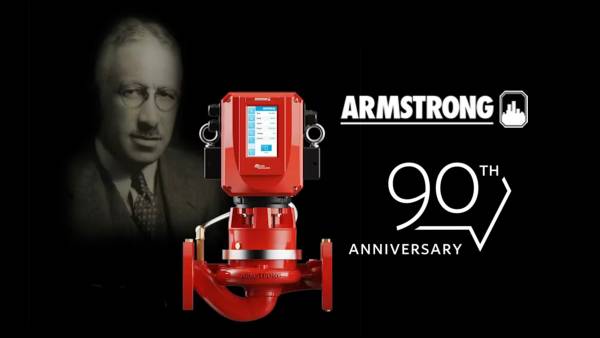
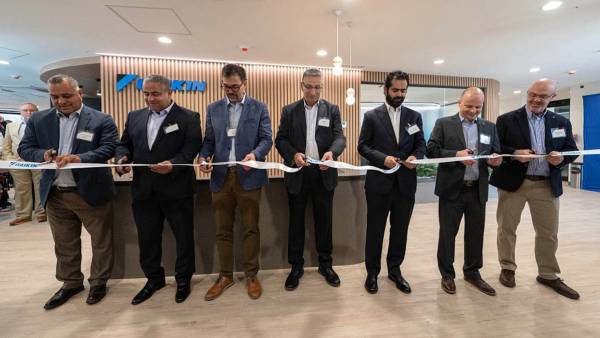
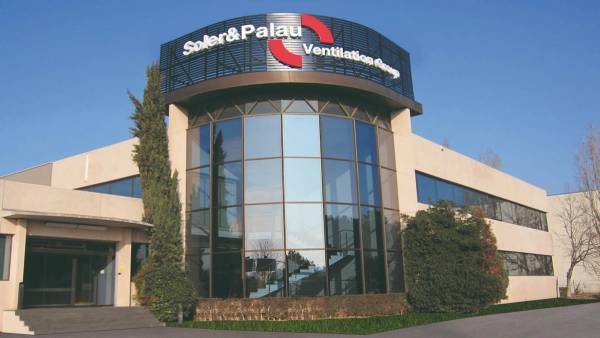

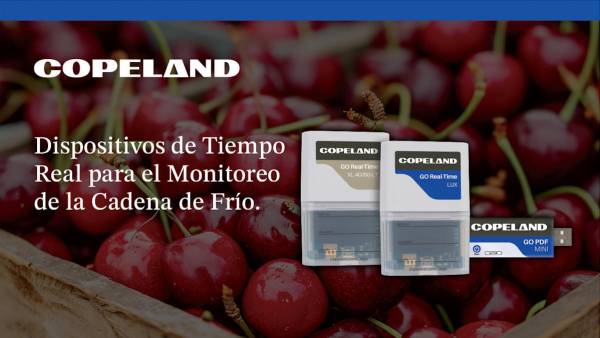
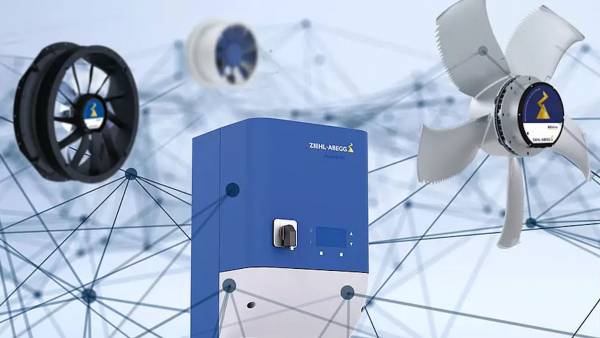
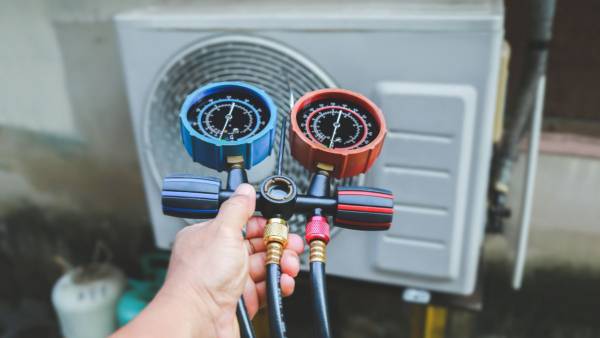







Leave your comment